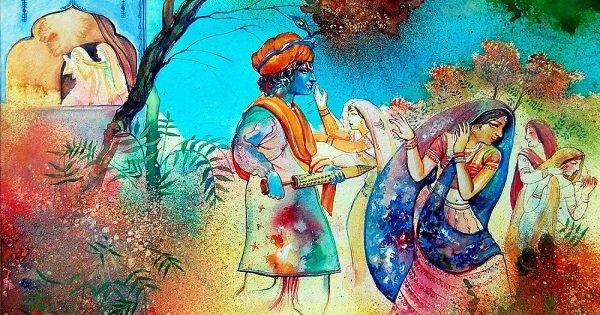India is home to 36 world heritage sites, as designated by UNESCO, and each of them is a representation of India’s rich natural, cultural and architectural diversity:
1. Kaziranga National Park (Assam)
When: Designated in 1985
Why: Because of its unique natural environment that’s home to the largest concentration of one-horned rhinoceros.
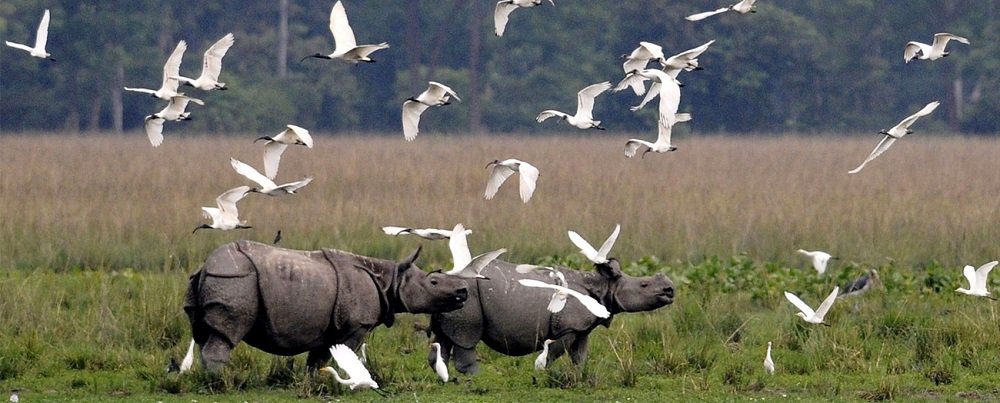
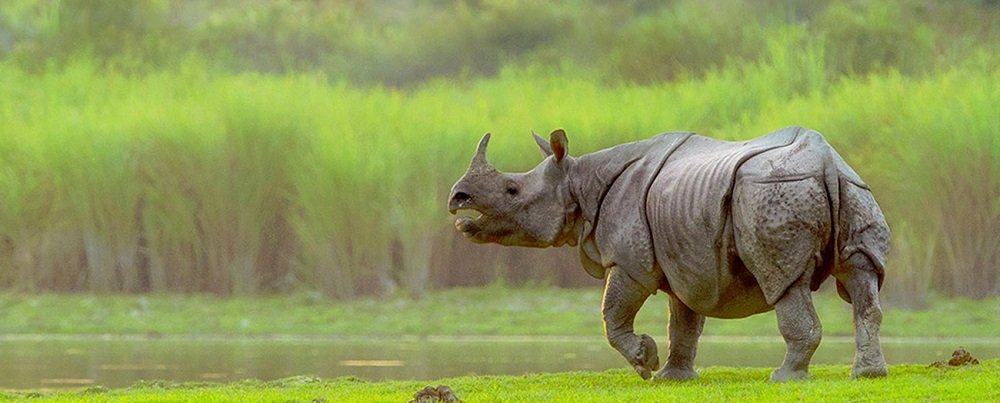
2. Manas Wildlife Sanctuary (Assam)
When: Designated in 1985
Why: Home to 22 of India’s most endangered mammals including tiger, pygmy hog, clouded leopard and sloth bear.
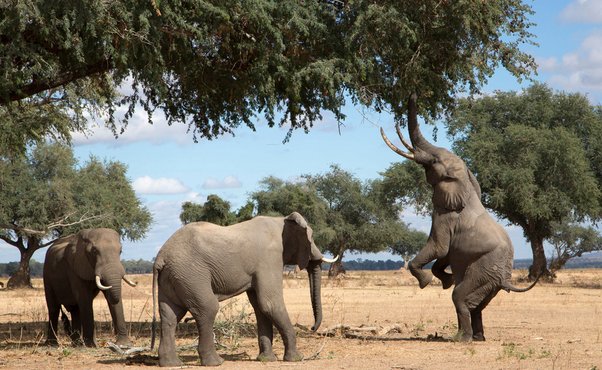
3. Mahabodhi Temple Complex (Bihar)
When: Designated in 2002
Why: One of the earliest temple constructions, and the place of enlightenment of Gautam Buddha.
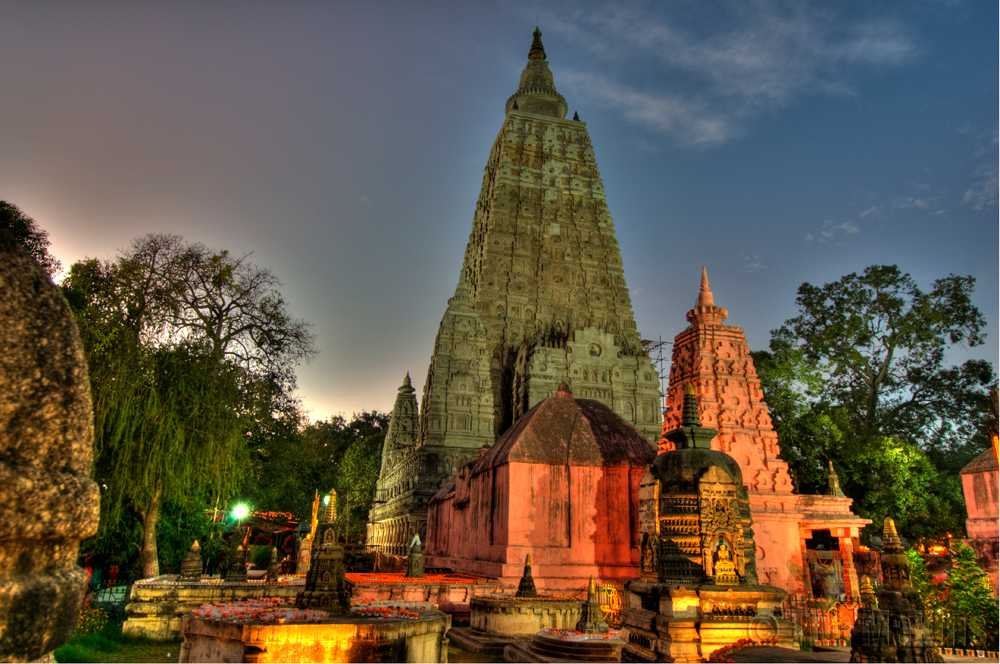
4. Humayun’s Tomb (Delhi)
When: Designated in 1993
Why: Architectural innovation, including creation of Char-Bagh inspired by the description of paradise in Holy Quran.
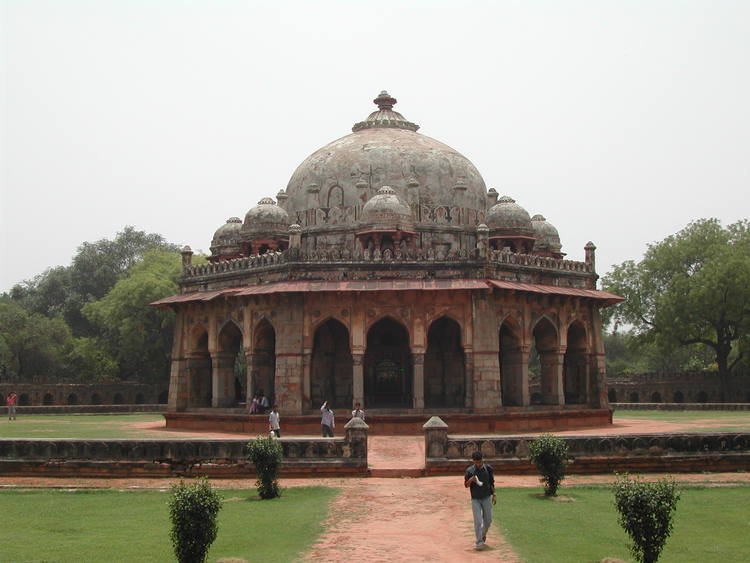
5. Qutub Minar (Delhi)
When: Designated in 1993
Why: For its unique representation of the Islamic architectural and artistic excellence.
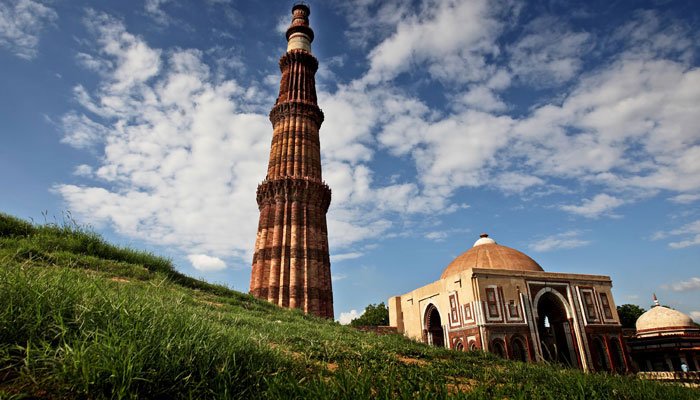
6. Red Fort Complex (Delhi)
When: Designated in 2007
Why: For innovative planning arrangements and architectural style, and being a symbol of Mughal power. Also houses the beautiful Moti Masjid.
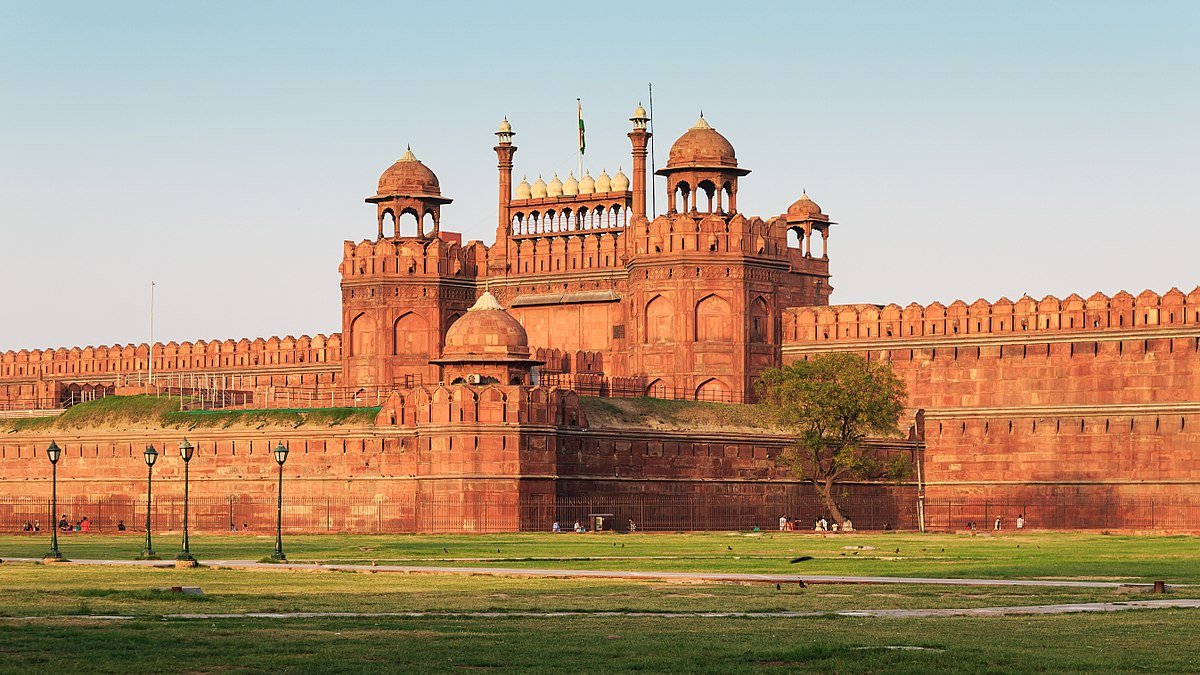
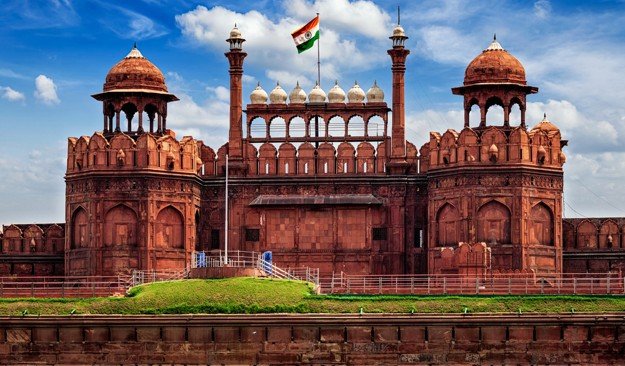
7. Churches and Convents (Goa)
When: Designated in 1986
Why: Illustrated the evangelization of Asia, especially the Basilica of Bom Jesus, which contains the tomb of St Francis-Xavier.
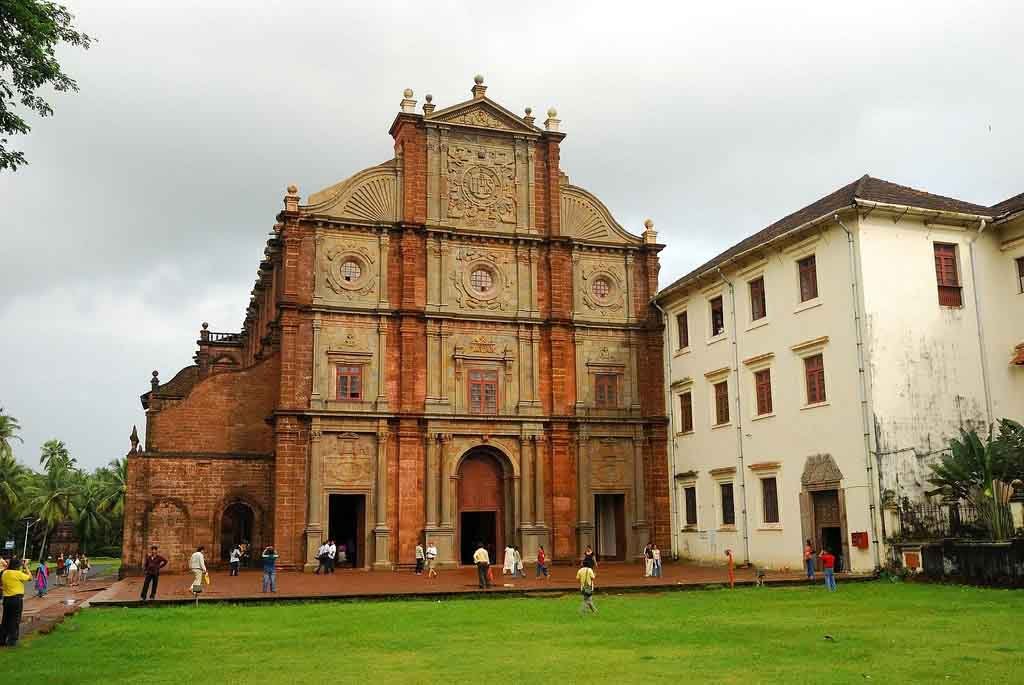
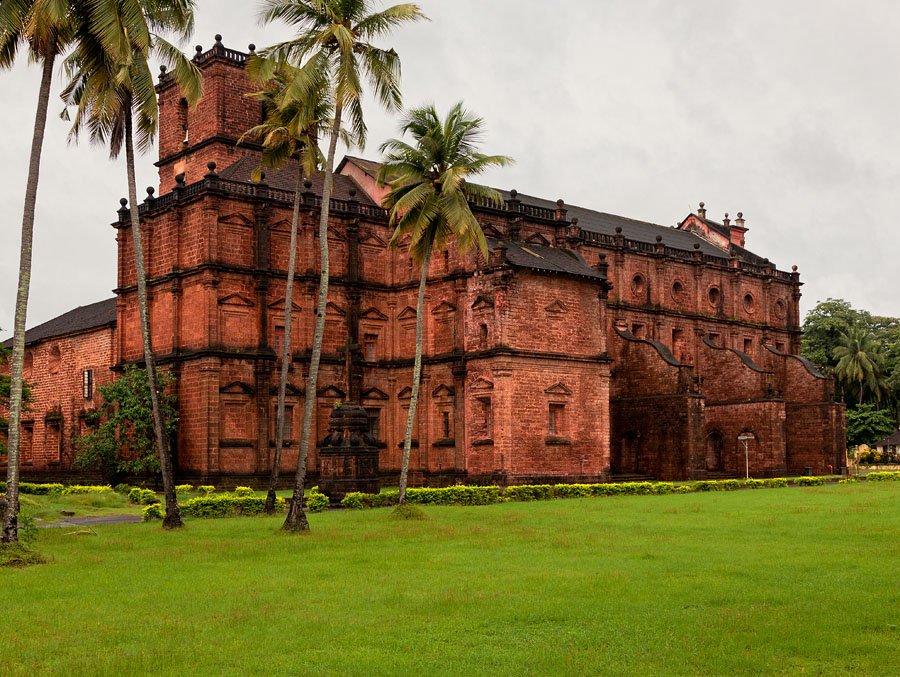
8. Champaner-Pavagadh Archaeological Park (Gujarat)
When: Designated in 2004
Why: For representing lost cultures because of its large concentration of unexcavated archaeological, historic and cultural heritage properties.
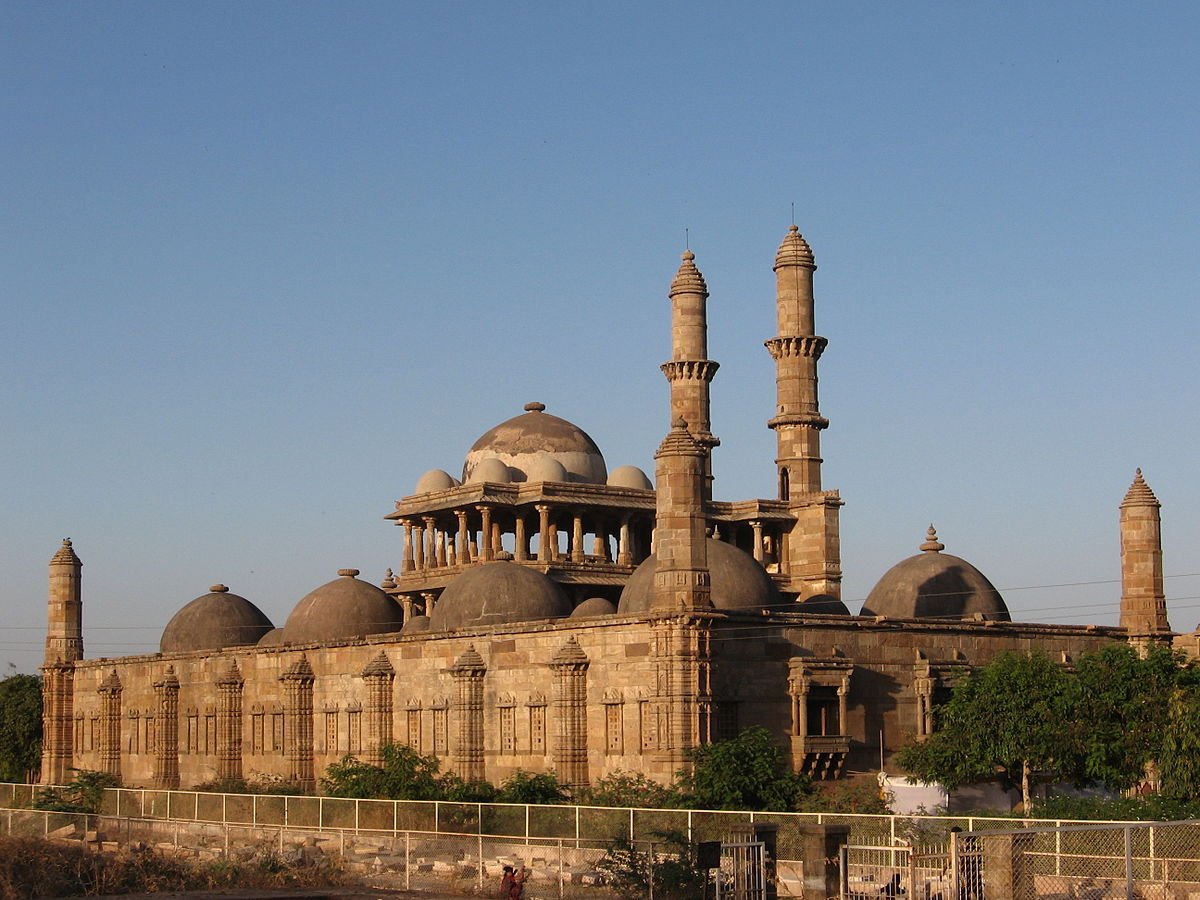
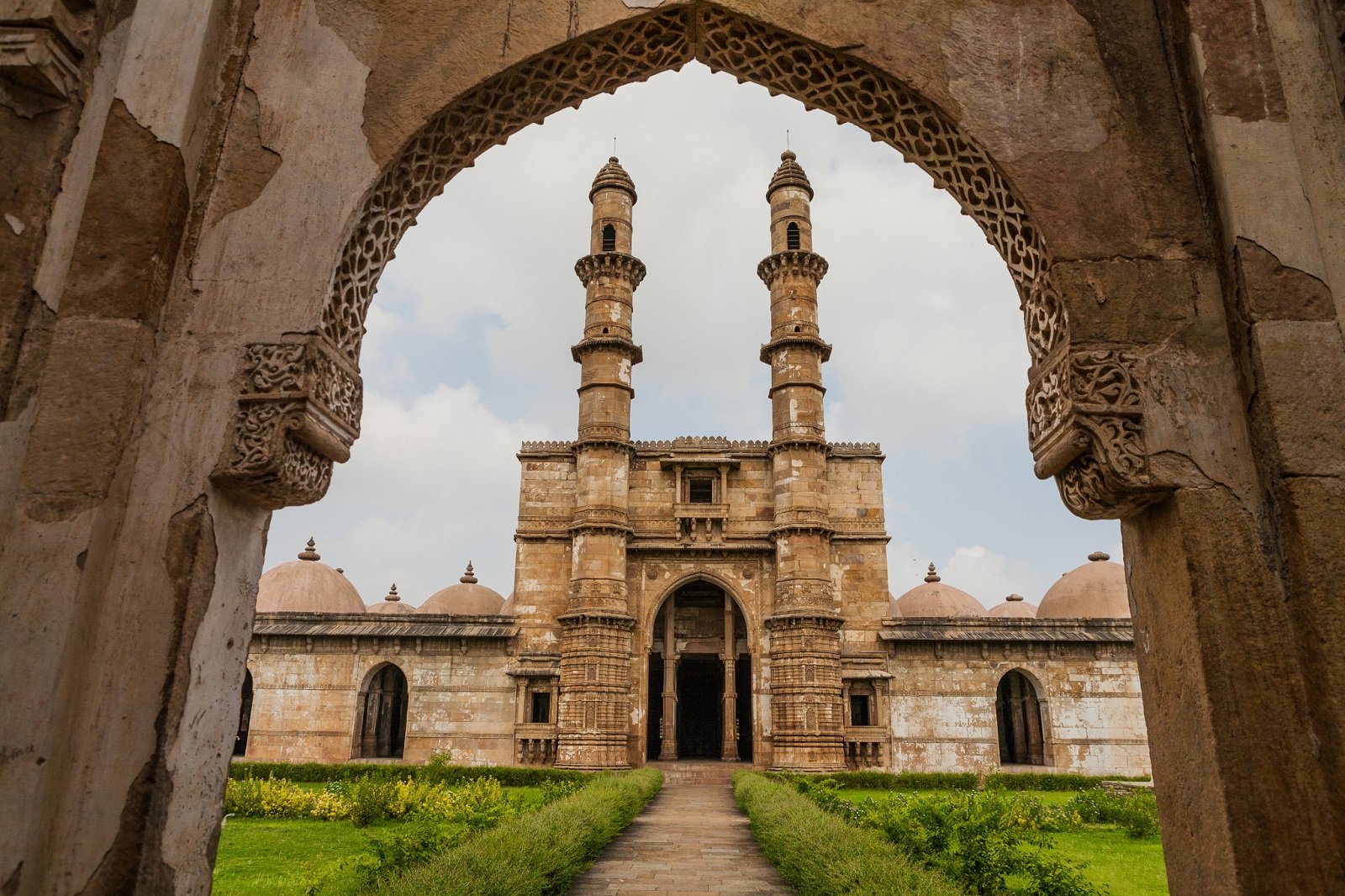
9. Group of Monuments at Hampi (Karnataka)
When: Designated in 1986
Why: For representing a unique artistic creation and bearing testimony to the vanished civilization of Vijaynagara.
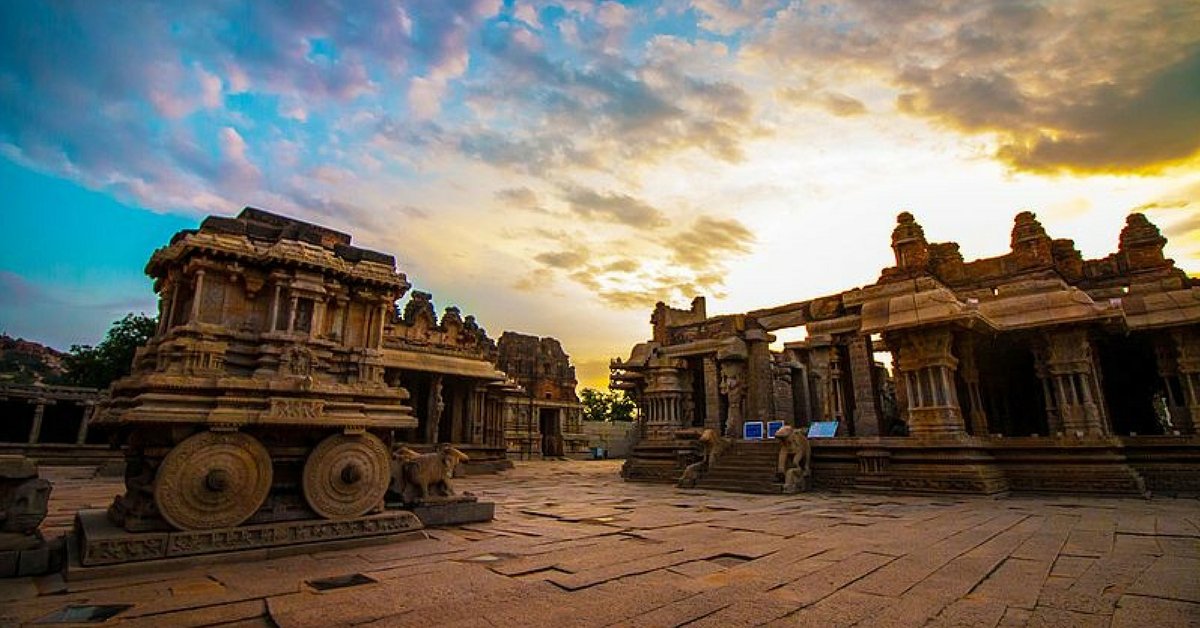
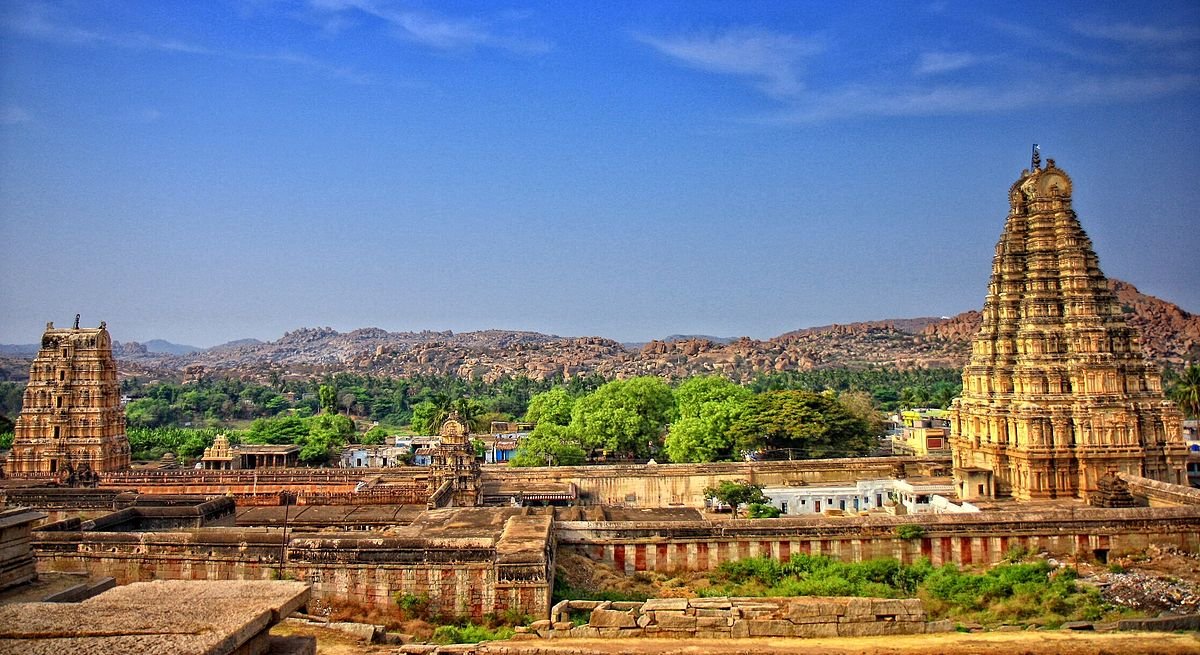
10. Group of Monuments at Pattadakal (Karnataka)
When: Designated in 1987
Why: Nine Hindu temples and a Jain sanctuary are built on fusion of northern (Nagara) and southern (Dravida) India’s architectural forms.
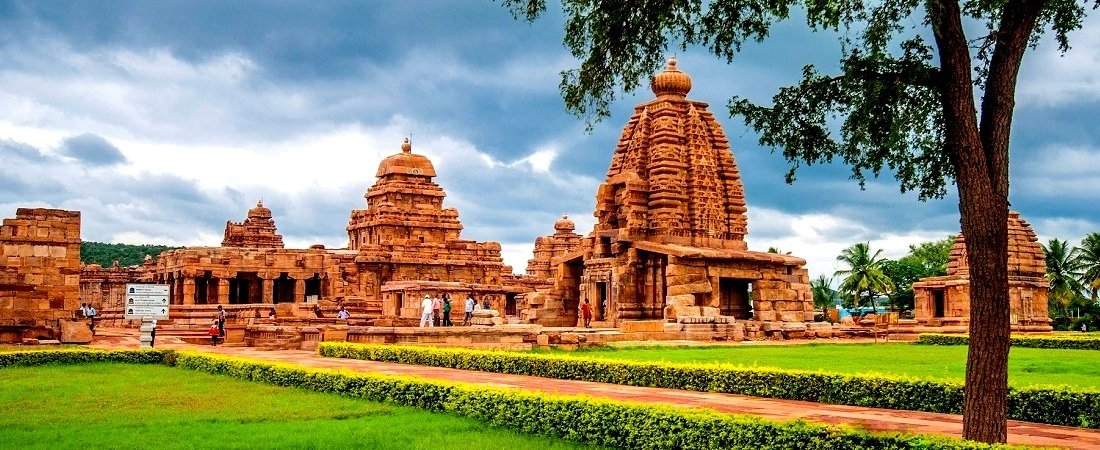
11. Buddhist Monuments at Sanchi (Madhya Pradesh)
When: Designated in 1989
Why: Discovered in 1818, the site is the oldest Buddhist sanctuary in existence and has monuments dating back to 200 BC and 100 BC.
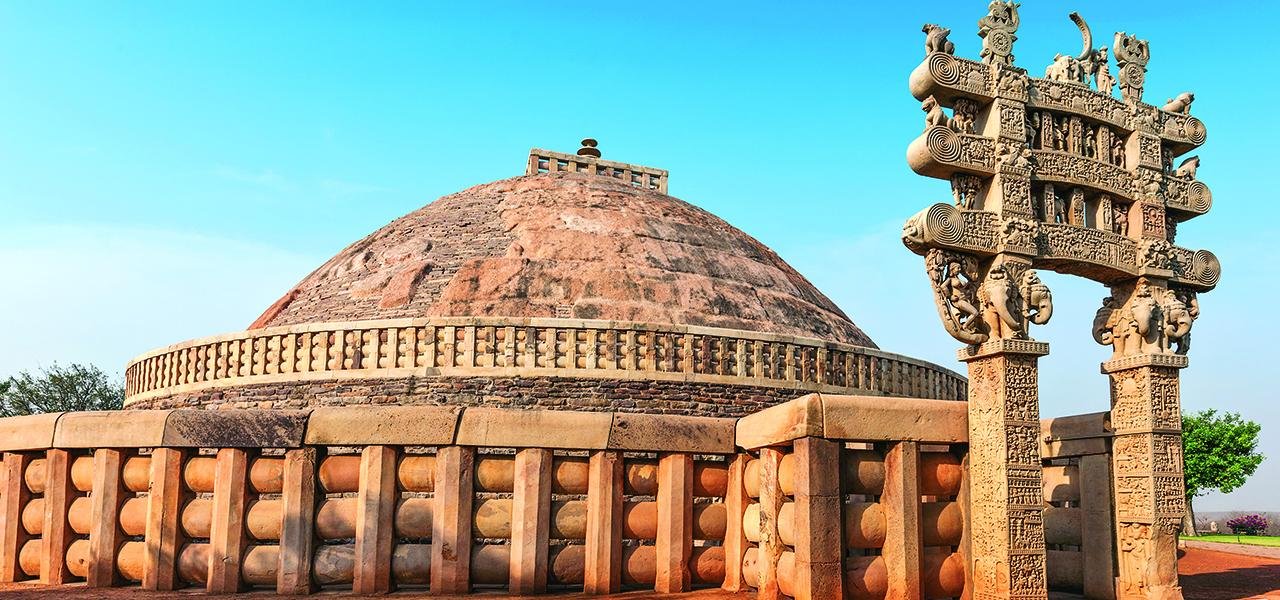
12. Rock Shelters of Bhimbetka (Madhya Pradesh)
When: Designated in 2003
Why: The site reflects a long interaction between people and the landscape, as demonstrated in the quantity and quality of its rock art. The UNESCO inscription for the property describes it as, “a magnificent repository of rock paintings within natural rock shelters.”
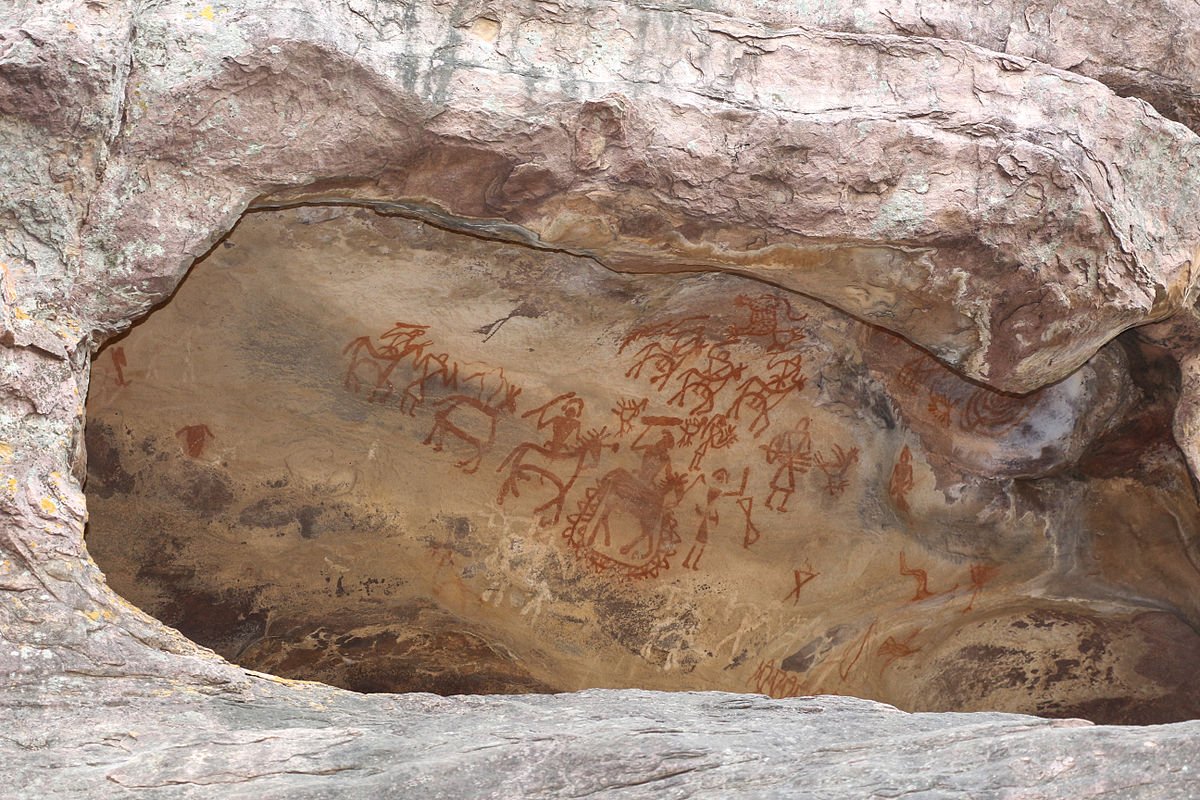
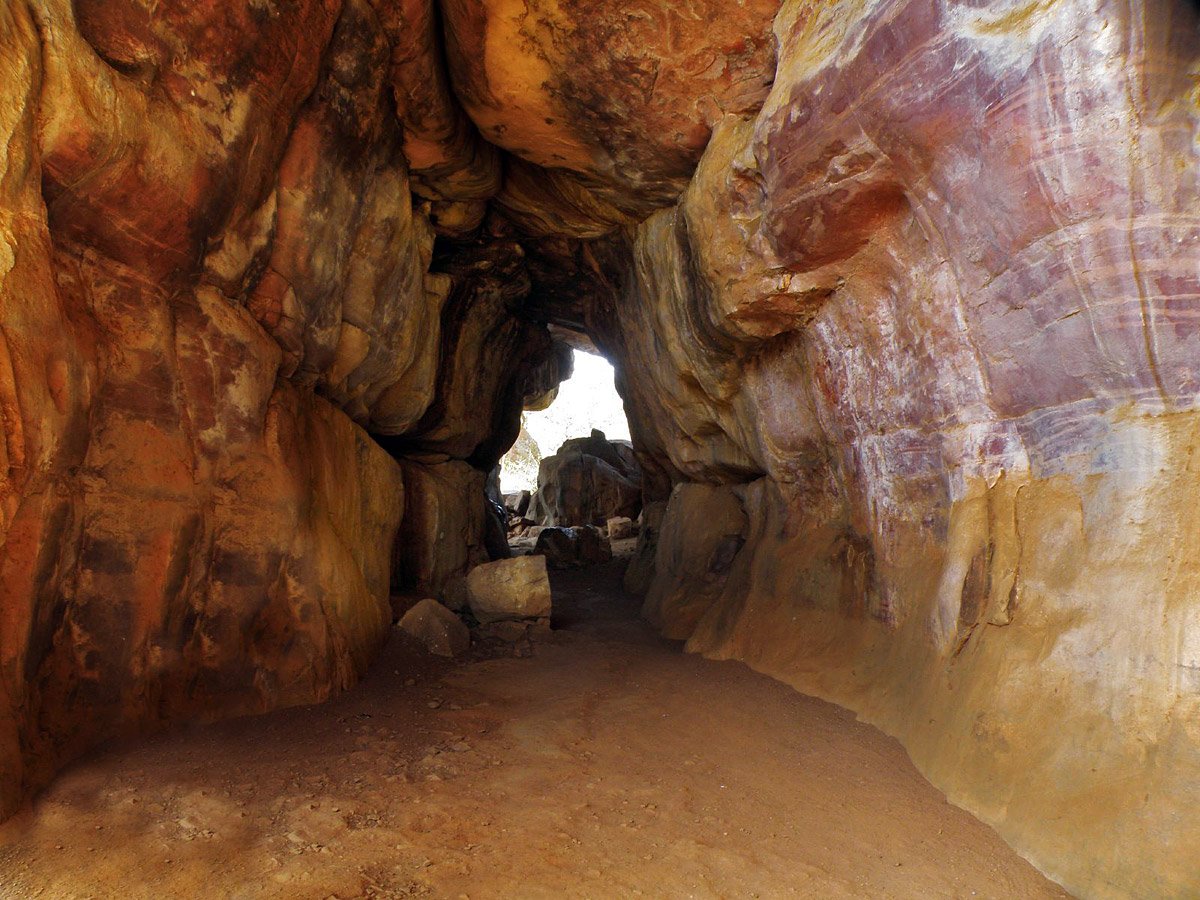
13. Khajuraho Group of Monuments (Madhya Pradesh)
When: Designated in 1986
Why: Out of the original 85 temples, only 22 remain that strike a perfect balance between architecture and sculpture and are proof of the Chandela Dynasty.
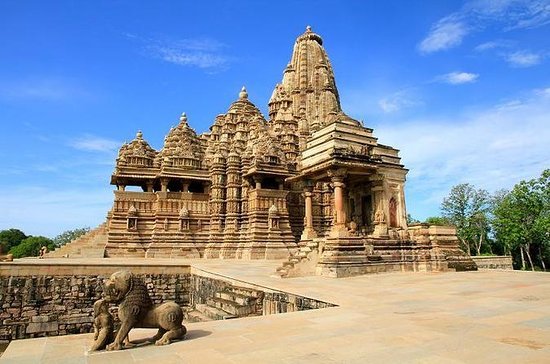
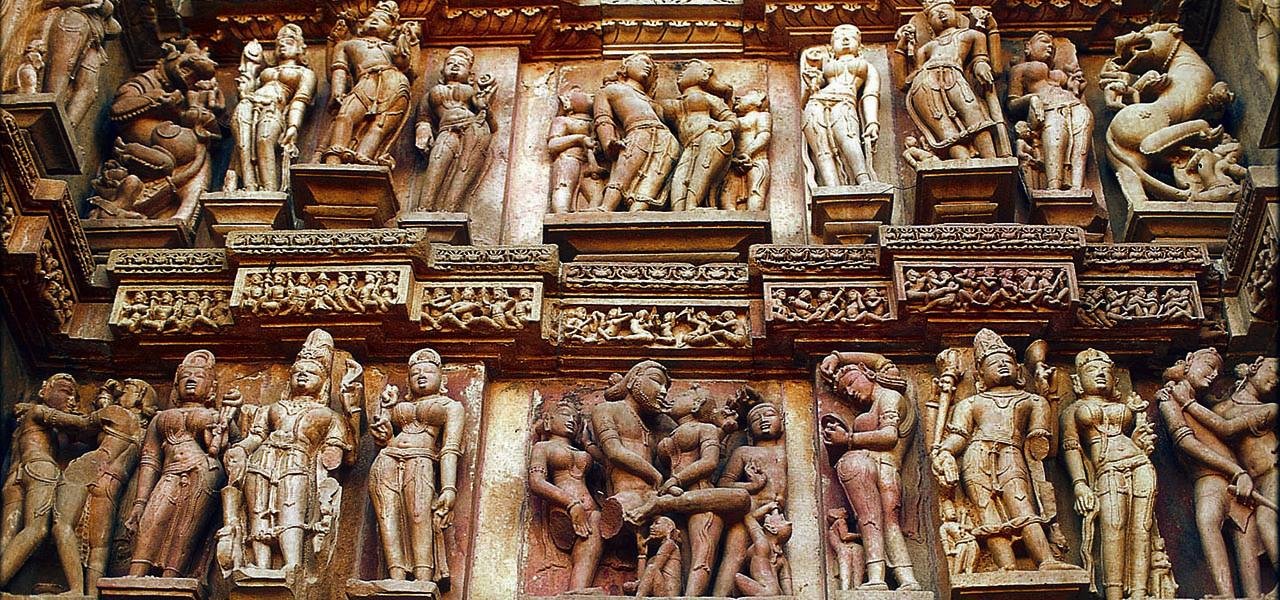
14. Ajanta Caves (Maharashtra)
When: Designated in 1983
Why: Buddhist caves that were built in 2 phases – first phase was during 2nd century BC and second phase was during 5th and 6th century AD (Gupta period).
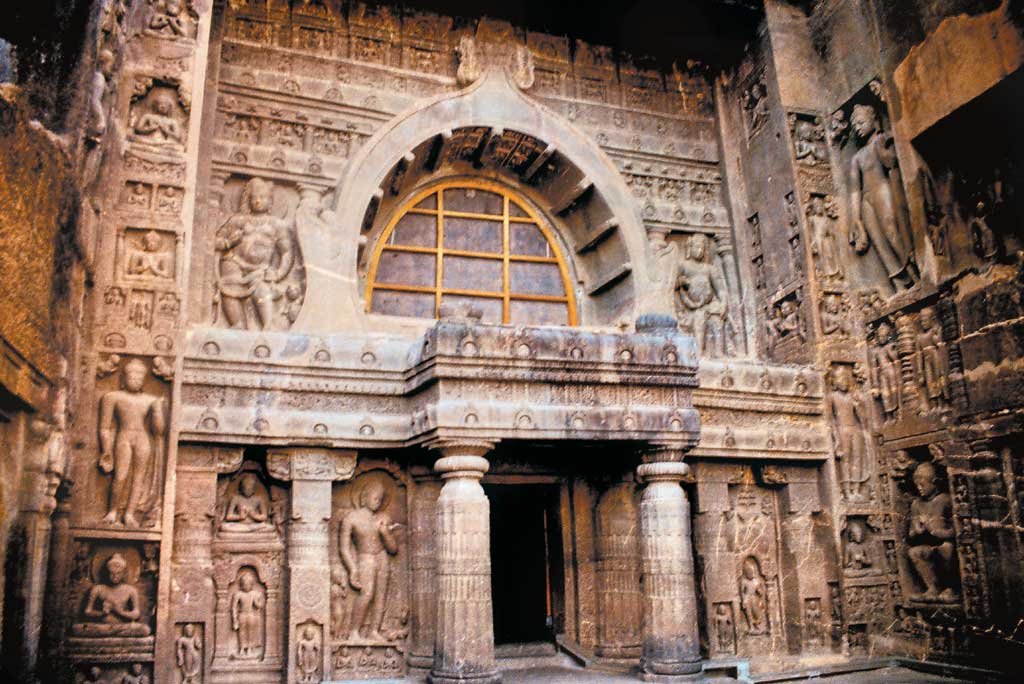
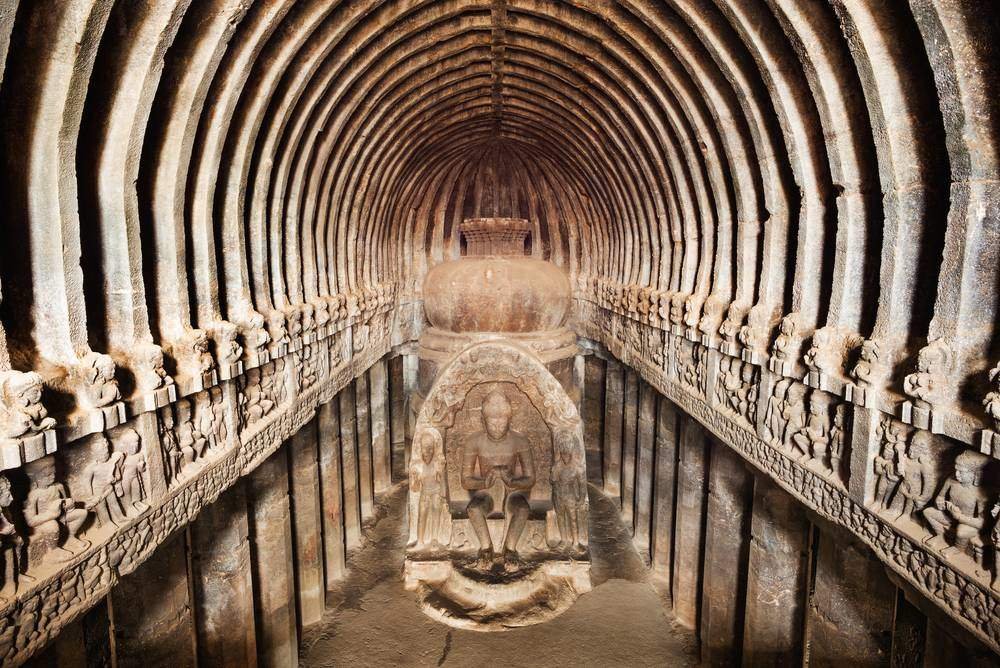
15. Ellora Caves (Maharashtra)
When: Designated in 1983
Why: The 34 monasteries and temples, are a reflection of ancient Indian civilization, and are sculpted continuously into rock wall of a high basalt cliff.
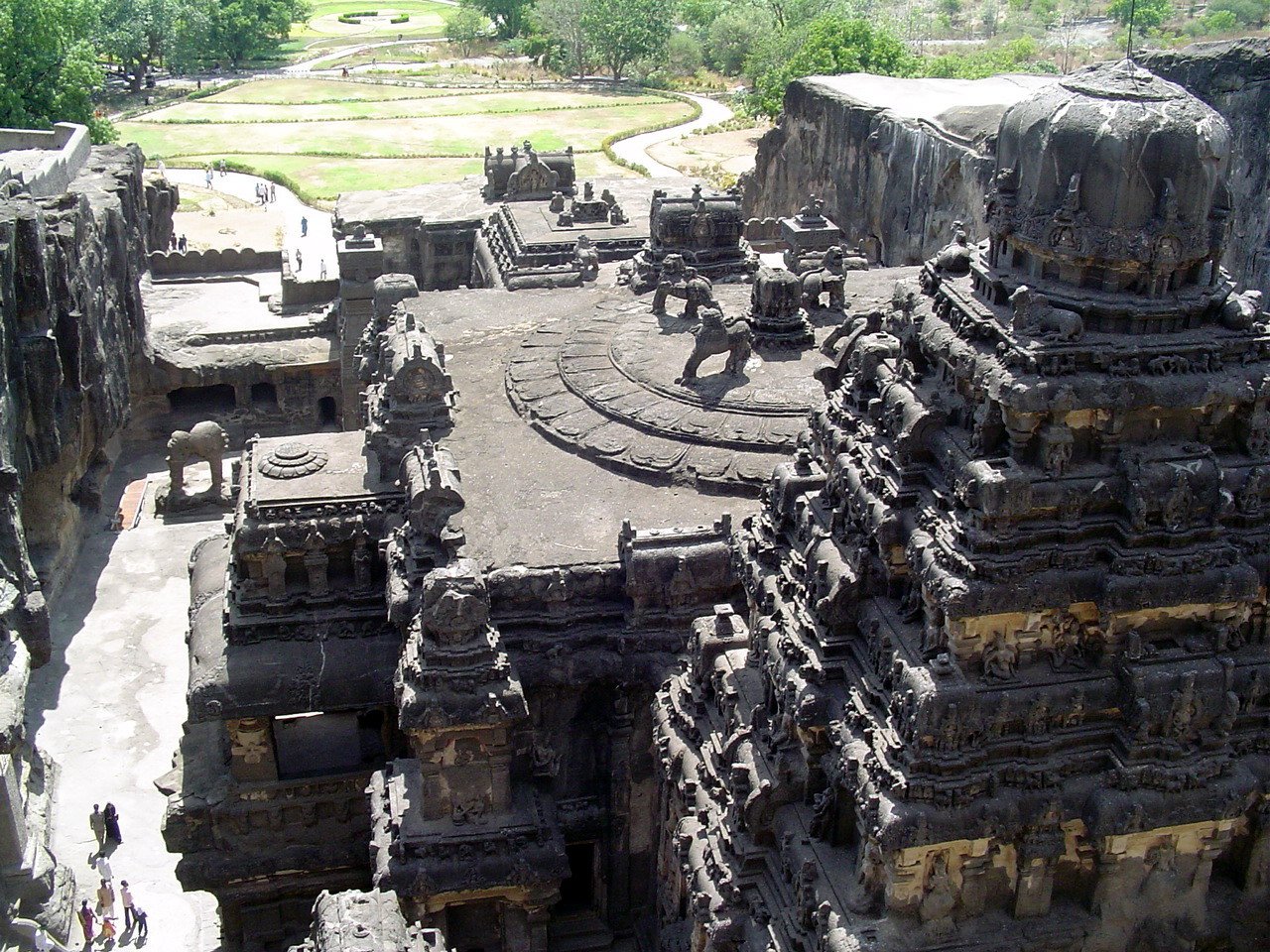
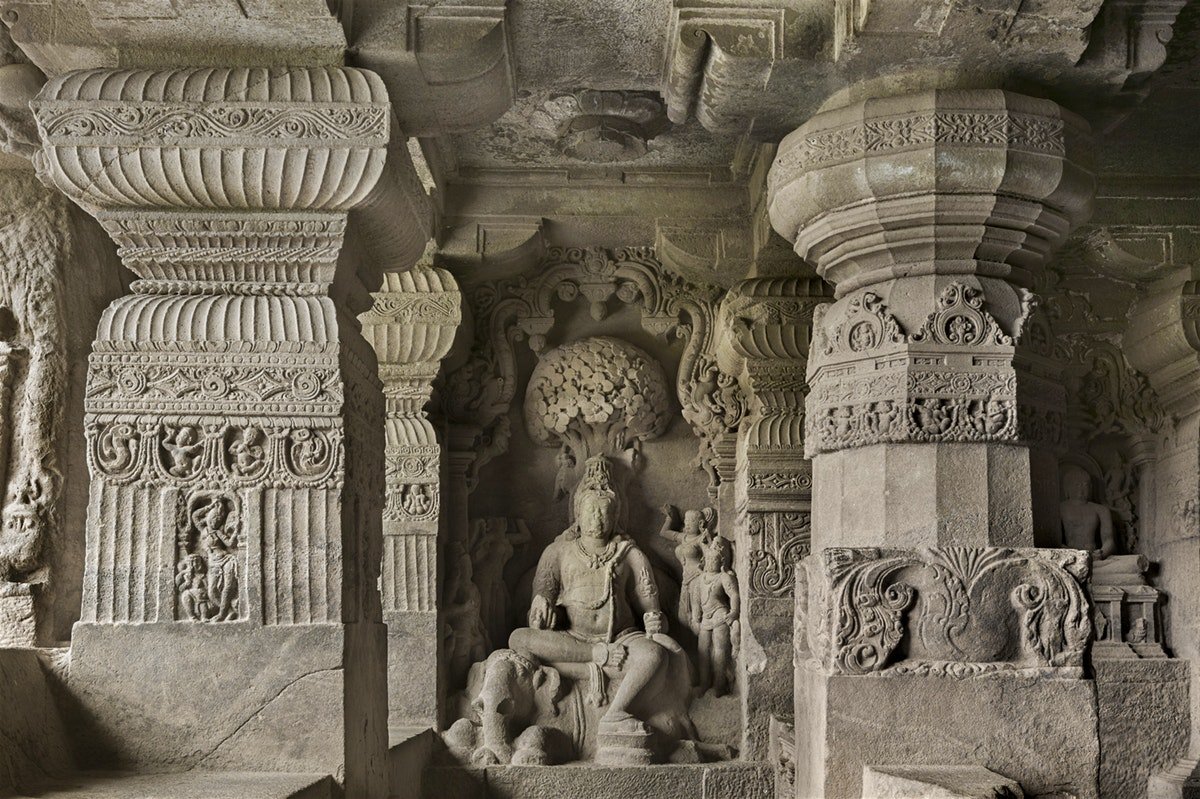
16. Elephanta Caves (Maharashtra):
When: Designated in 1987
Why: For being the most magnificent achievement in the history of rock-architecture in western India, and one of the most important collection of temples (5) dedicated to Lord Shiva.
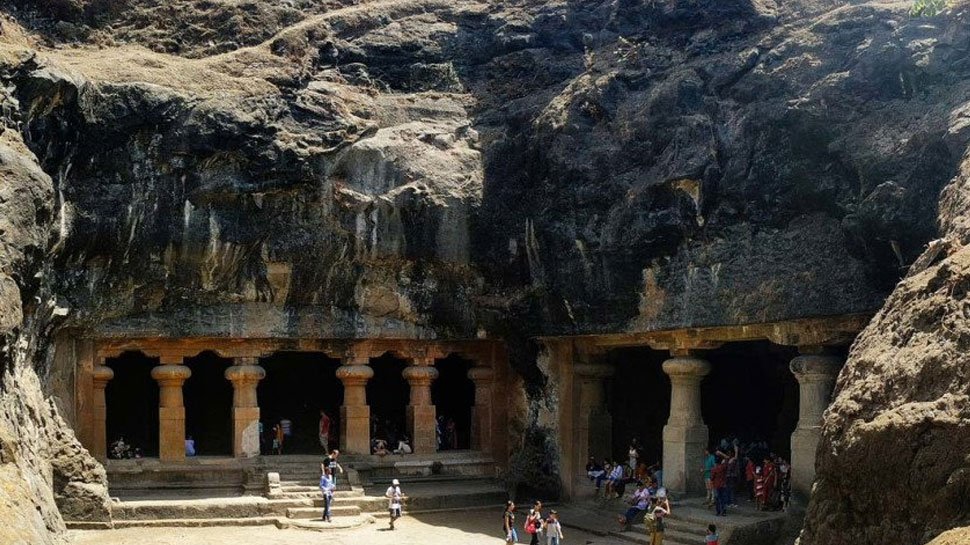
17. Chhatrapati Shivaji Terminus (Maharashtra):
When: Designated in 2004
Why: It represents 19th century railway architecture and exhibits an important interchange of influences.
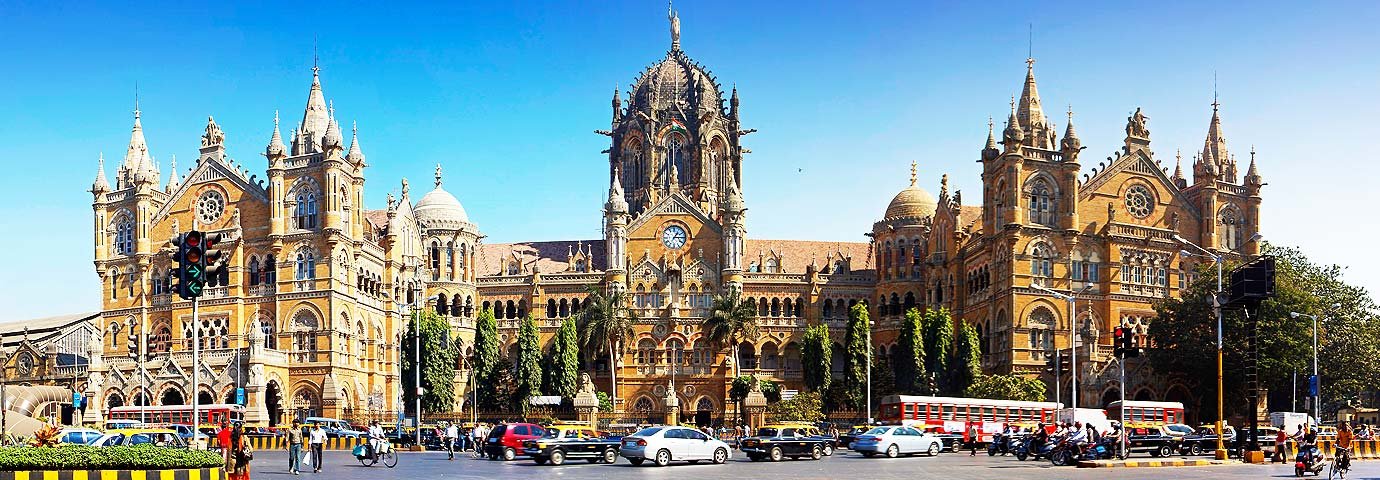
18. Konark Sun Temple (Odisha)
When: Designated in 1984
This 13th century architectural marvel is a unique artistic achievement as its construction caused the mobilization of 1,200 workers for 12 years.
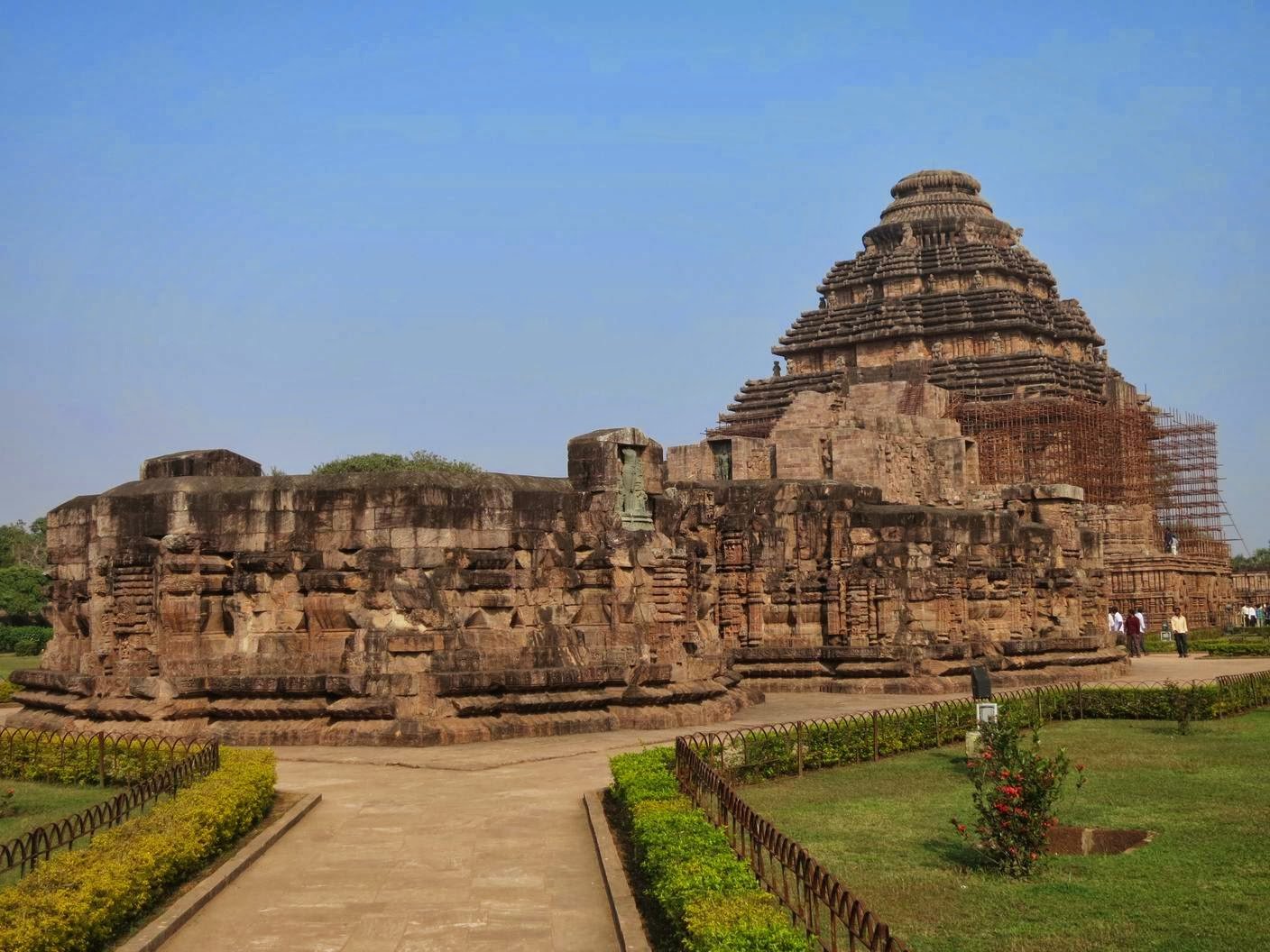
19. Keoladeo National Park at Bharatpur (Rajasthan)
When: Designated in 1985
Why: For being a wetland of international importance as 364 species of wintering bird flock here.
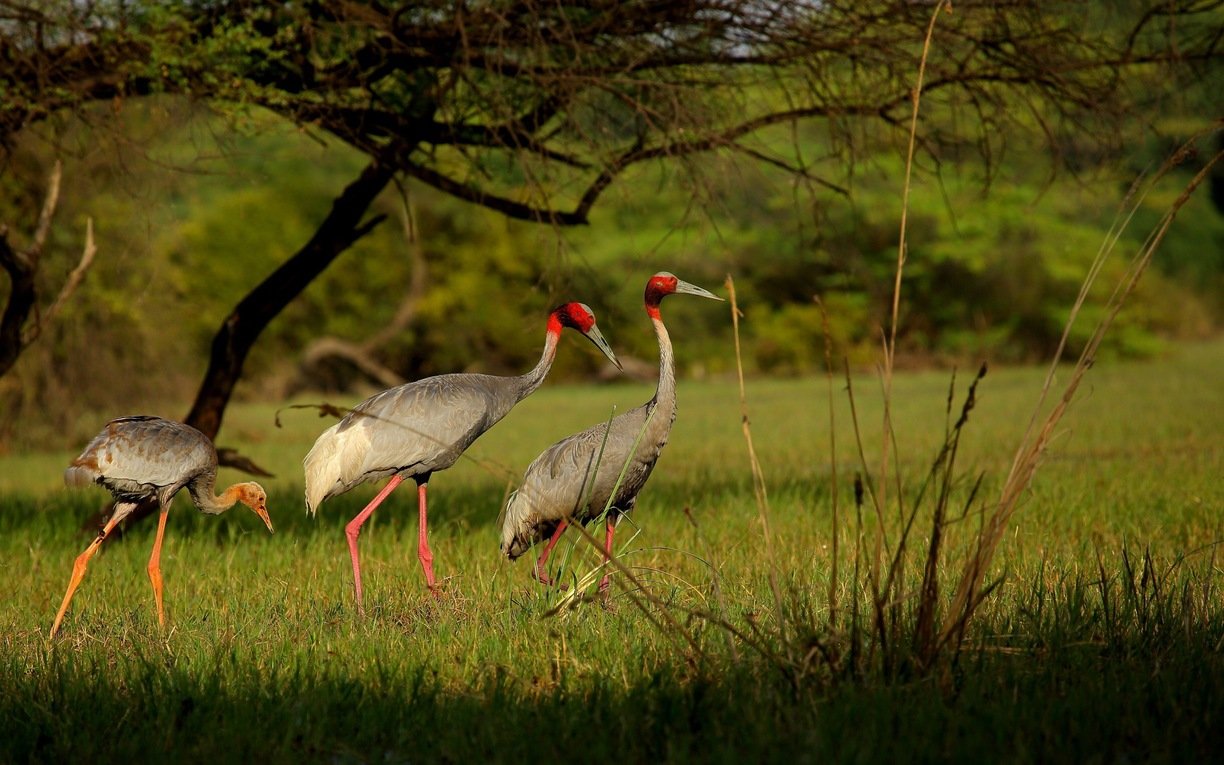
20. Jantar Mantar (Jaipur)
When: Designated in 2010
Why: For an outstanding collection cosmological, astronomical and scientific traditions and astronomical instruments.
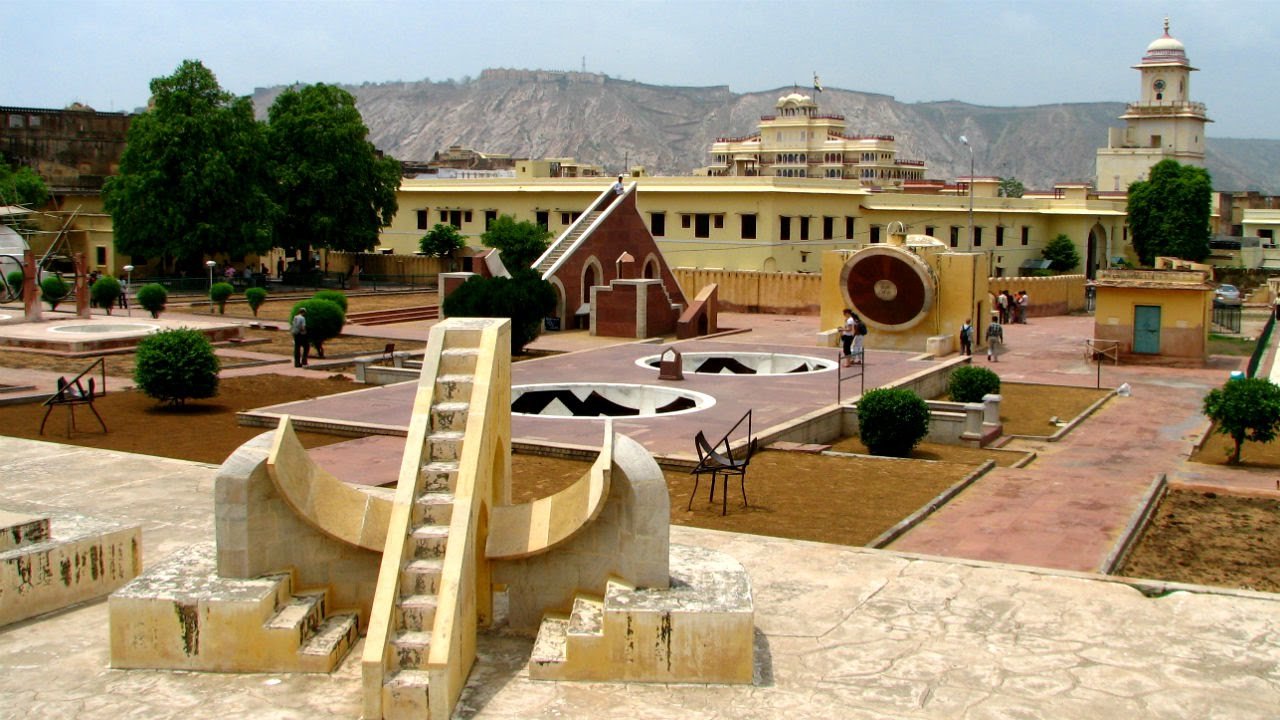
21. Great Living Chola Temples (Tamil Nadu)
When: Designated in 1987
Why: The 3 great temples, Brihadisvara Temple at Thanjavur, the Brihadisvara Temple at Gangaikondacholisvaram and the Airavatesvara Temple at Darasuram are outstanding examples of the architecture and the representation of the Chola ideology.
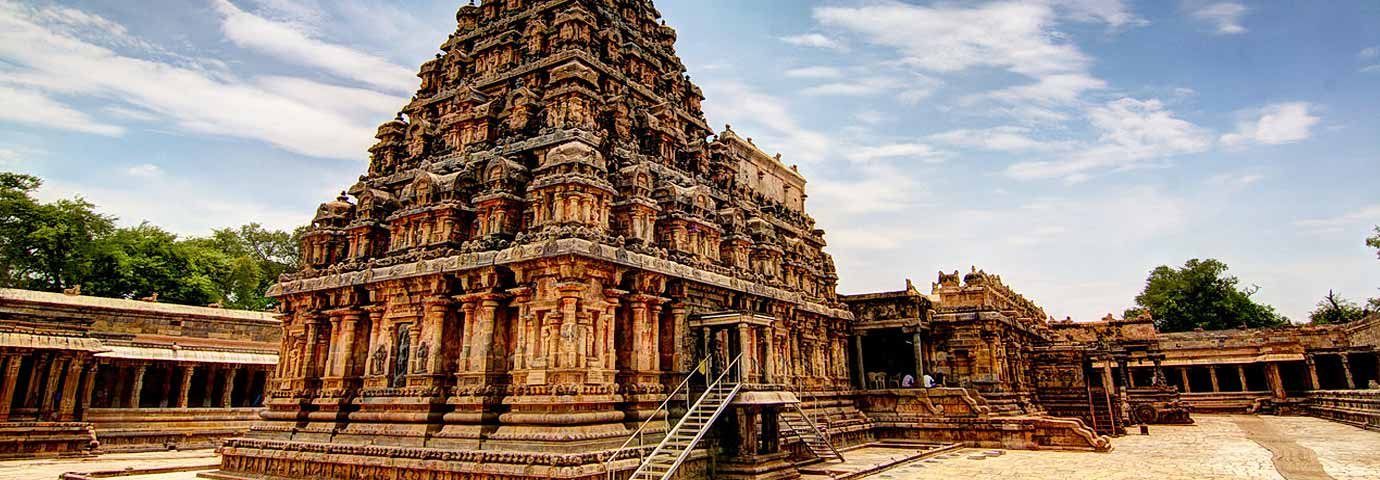
22. Group of Monuments at Mahabalipuram (Tamil Nadu)
When: Designated in 1984
Why: Built by the Pallava kings in 7th and 8th century, there are approximately 40 temples here, carved out of rocks, including the largest open-air-relief in the world.
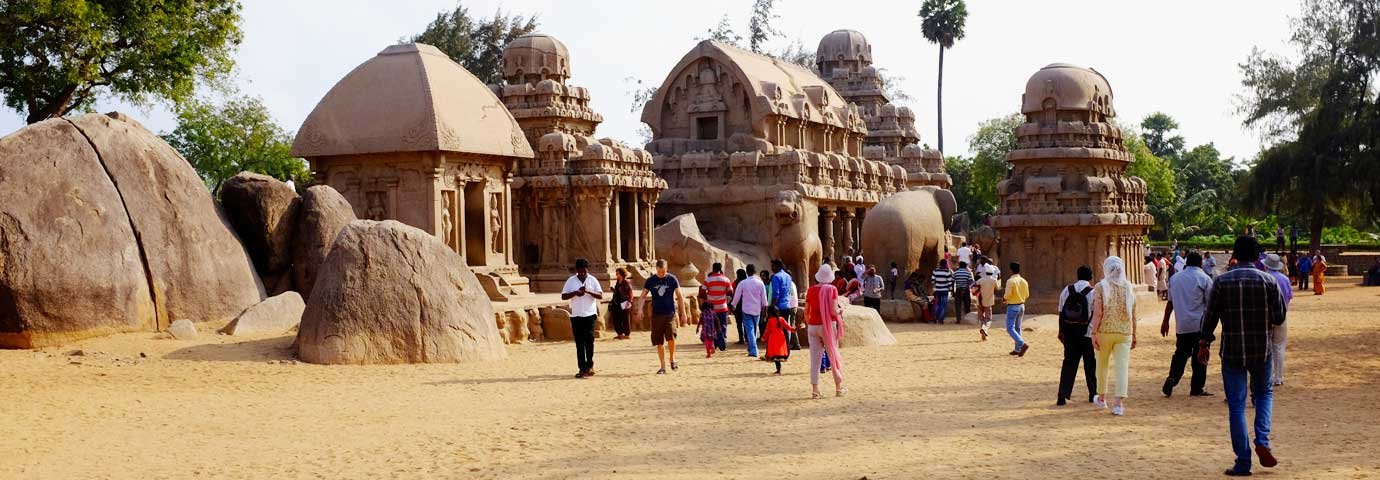
23. Agra Fort (Uttar Pradesh)
When: Designated in 1983
Why: The fortress of red sandstone is a representation of Mughal power and is also known as the Red Fort.
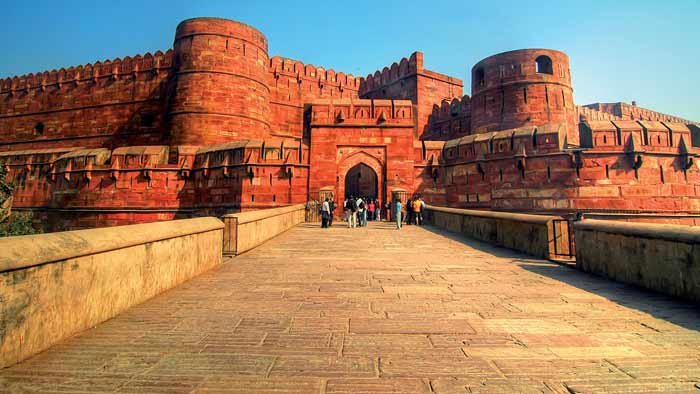
24. Fatehpur Sikri (Uttar Pradesh)
When: Designated in 1986
Why: Fatehpur Sikri (‘City of Victory’) was the Mughal capital for 10 years and includes one of the largest mosque in India, the Jama Masjid.
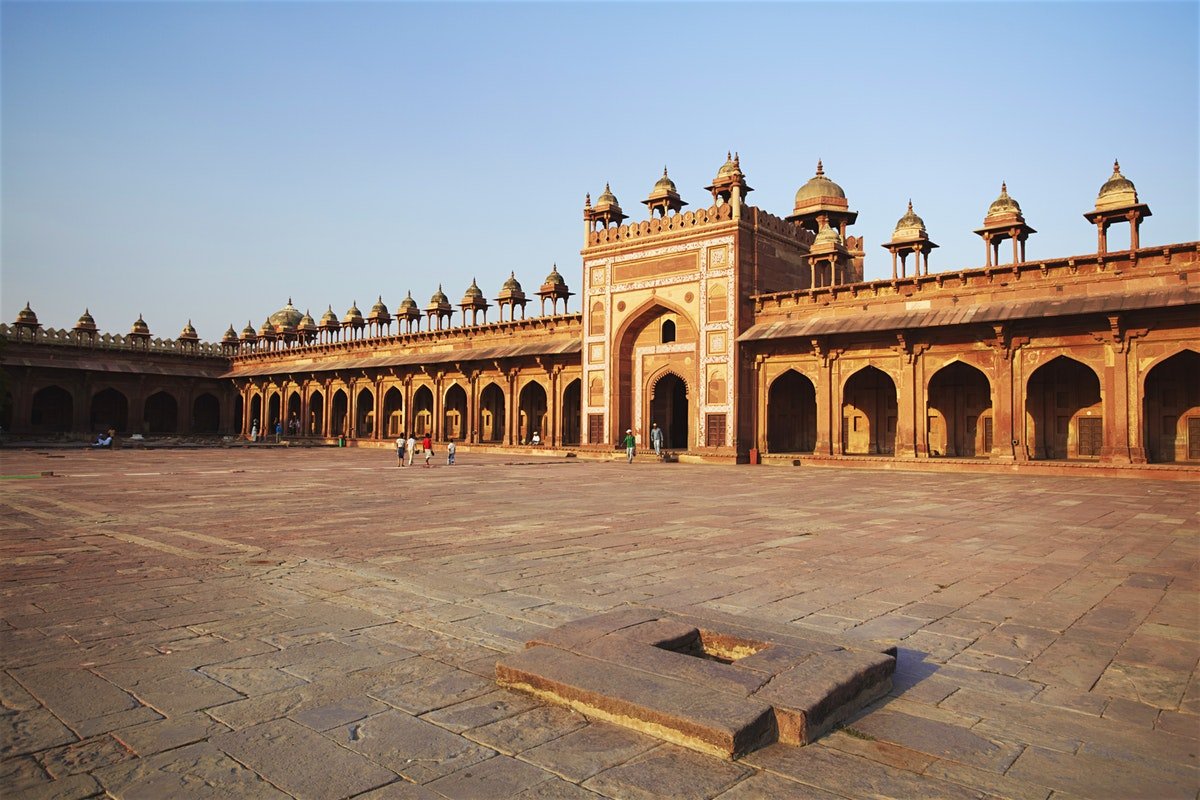
25. Taj Mahal (Uttar Pradesh)
When: Designated in 1983
Why: Considered as a masterpiece of architectural style in conception, treatment and execution, Taj Mahal is also one of the 7 wonders of the world.
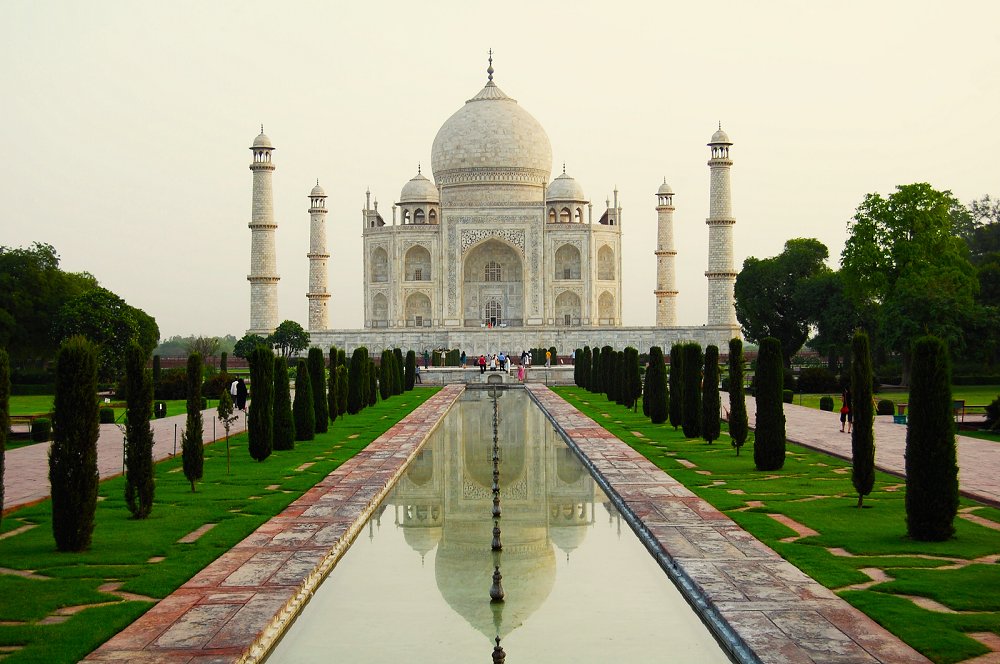
26. Mountain Railways of India
When: Designated in 1999, 2005 and 2008
Why: The Darjeeling Himalayan Railway, the Nilgiri Mountain Railway and the Kalka-Shimla Railway are part of the heritage sites. These are designated for being outstanding examples of bold, ingenious engineering solutions for the problem of establishing an effective rail link through a rugged, mountainous terrain.
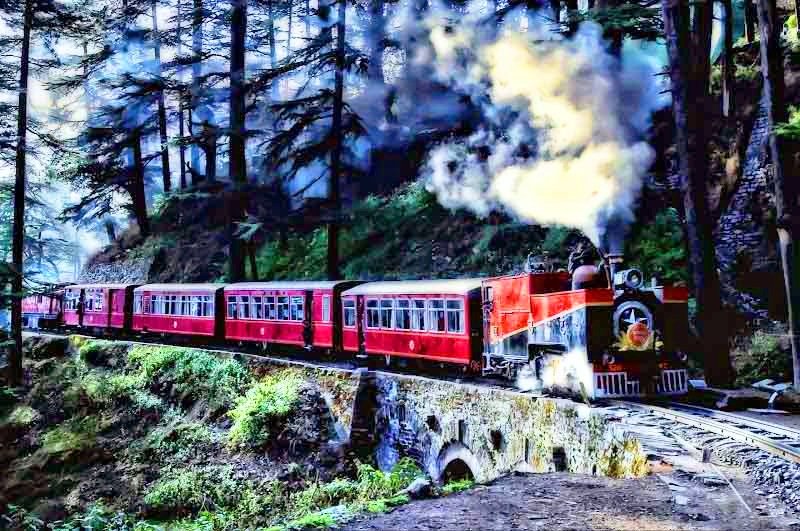
27. Nanda Devi and Valley of Flowers National Park (Uttarakhand)
When: Designated in 1988 and 2005
Why: For its outstanding natural beauty and for being home to threatened mammals, notably snow leopard and Himalayan musk deer,
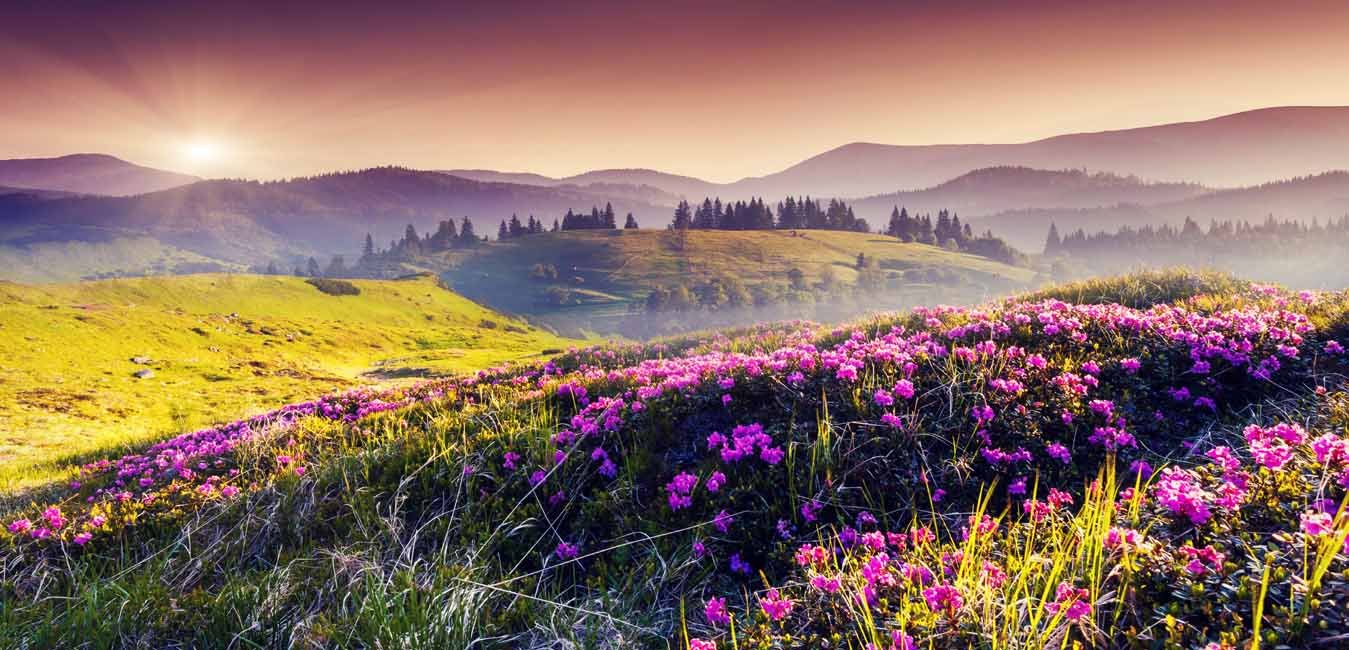
28. Sundarbans National Park (West Bengal)
When: Designated in 1987
Why: This is the largest area of mangrove forest in the world and the only one inhabited by tigers.

29. Western Ghats in India
When: Designated in 2012
Why: 39 properties (including national parks, wildlife sanctuaries and reserve forests), across the states of Karnataka, Kerala, Tamil Nadu and Maharashtra, demonstrates “speciation related to the breakup of the ancient landmass of Gondwanaland in the early Jurassic period.”
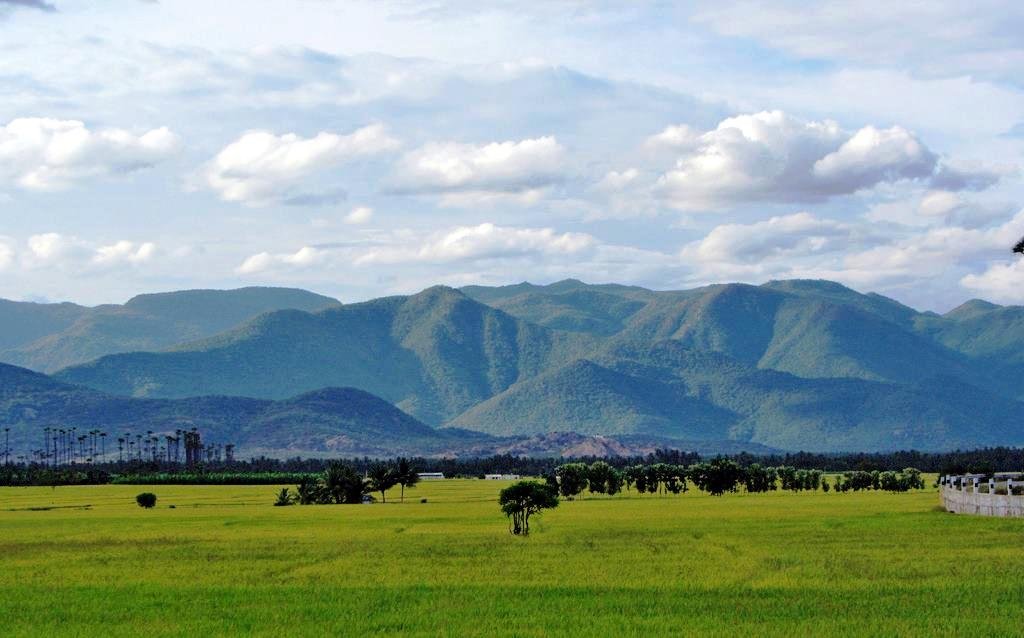
30. Hill Forts of Rajasthan
When: Designated in 2013
Why: 6 different properties collectively make the Hill Forts, that represent Rajput ideologies in terms of fort planning, and defense mechanism.
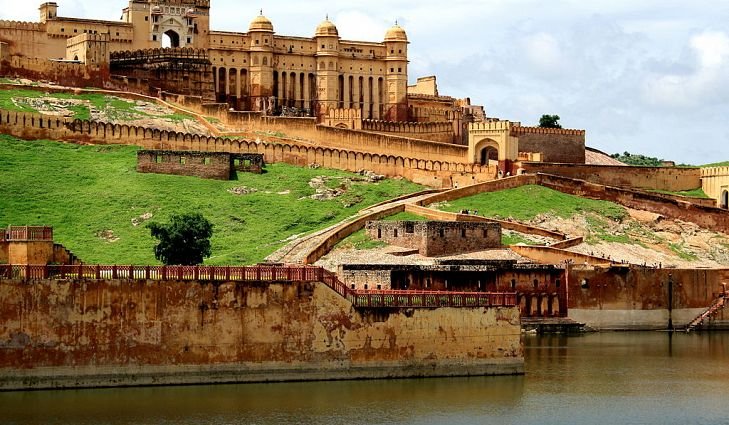
The property consists of Chittor Fort, Kumbhalgarh Fort, Ranthambore Fort, Gagron Fort, Amer Fort and Jaisalmer Fort.
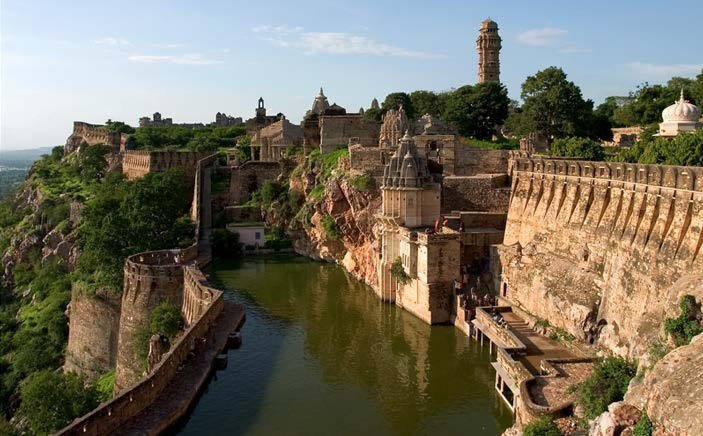
31. Rani ki vav (Gujarat)
When: Designated in 2014
Why: It represents artistic and technological height of stepwell tradition as its more than 64m long, 20m wide & 27m deep, with more than 500 gold sculptures.
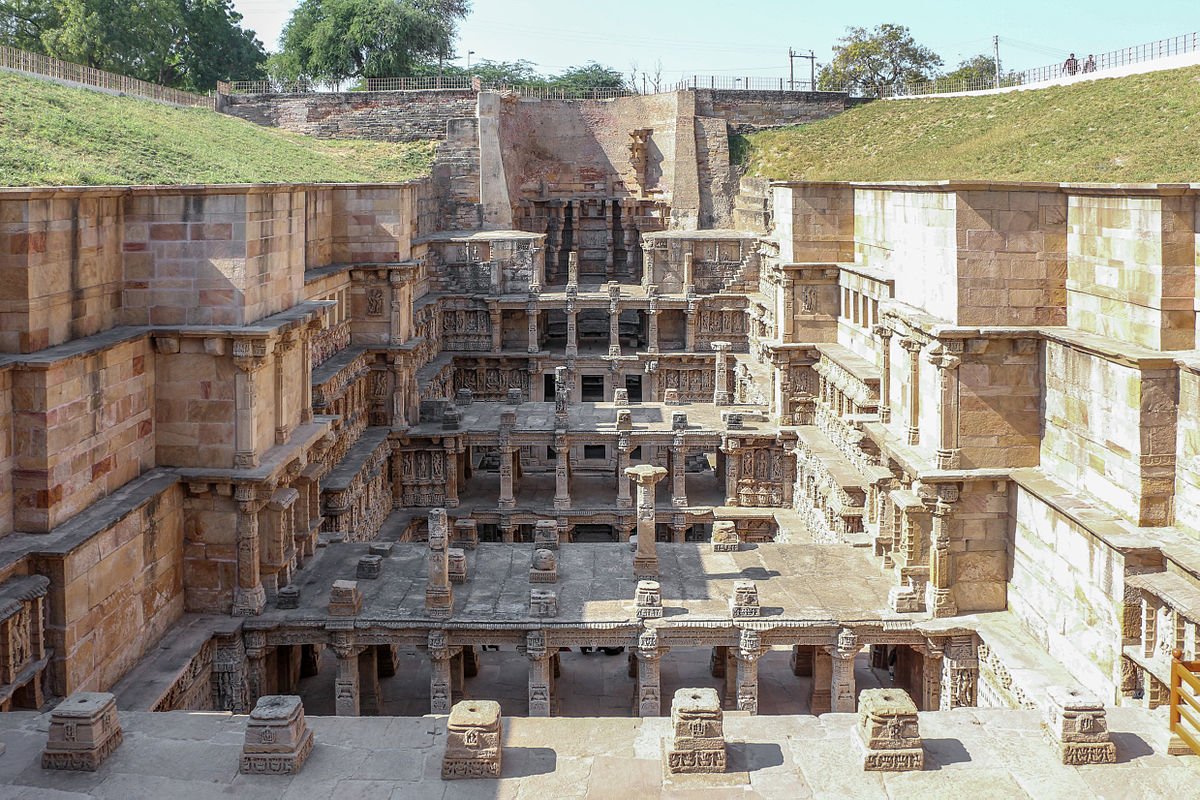
32. Great Himalayan National Park Conservation Area ( Himachal Pradesh)
When: Designated in 2014
Why: A significant site for biodiversity conversion, the site is home to a large variety of flora and fauna.
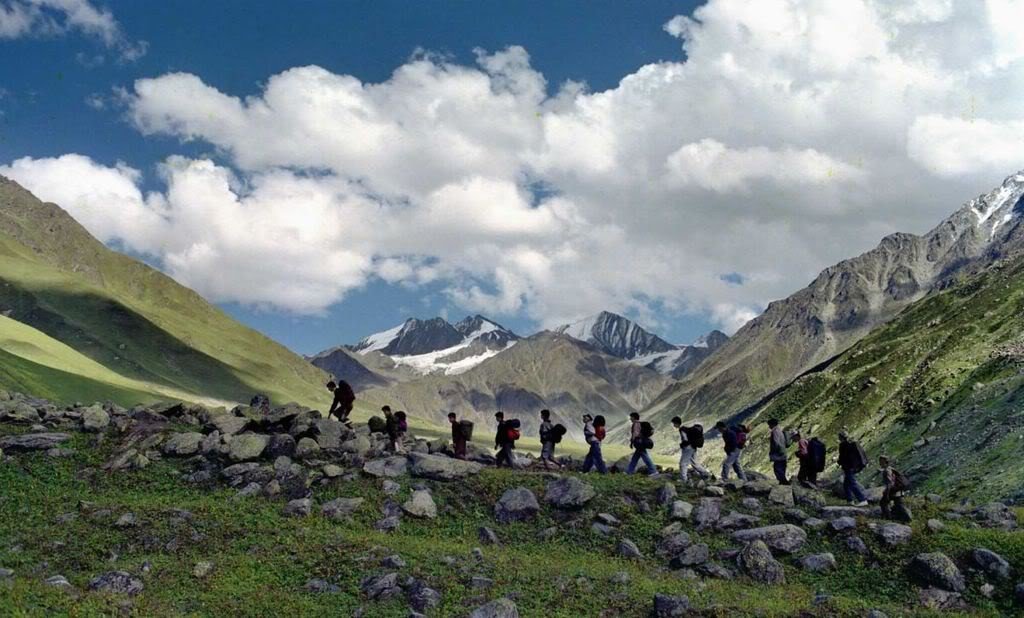
33. Nalanda (Bihar)
When: Designated in 2016
Why: Home to the the archaeological remains of the Nalanda university (which was also a monastic institution), the most ancient university of the Indian sub-continent.
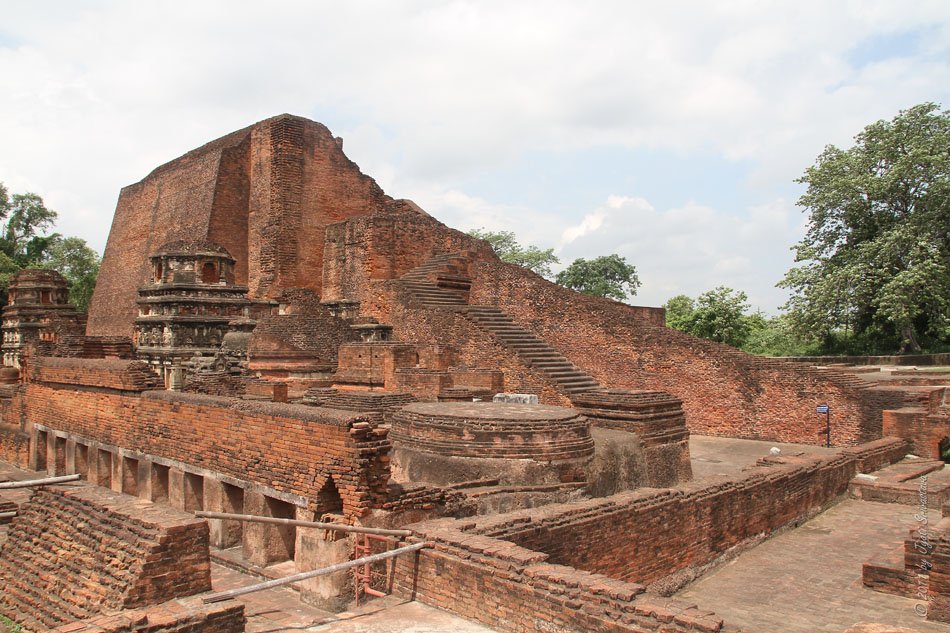
34. Khangchendzonga National Park (Sikkim)
When: Designated in 2016
Why: It’s the heartland of a multi-ethnic culture which has evolved over time and the park includes the world’s third highest peak, Mount Khangchendzonga.
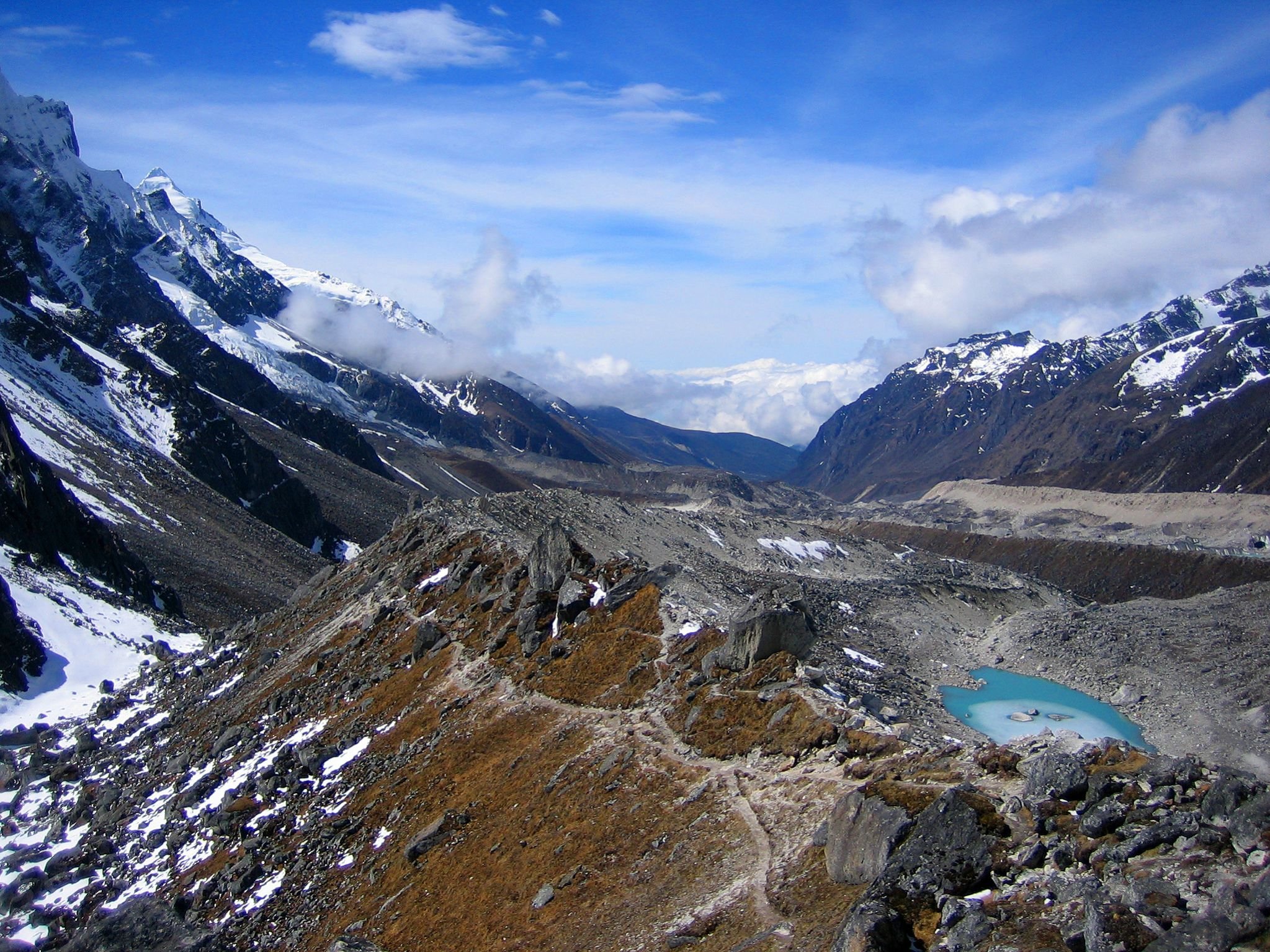
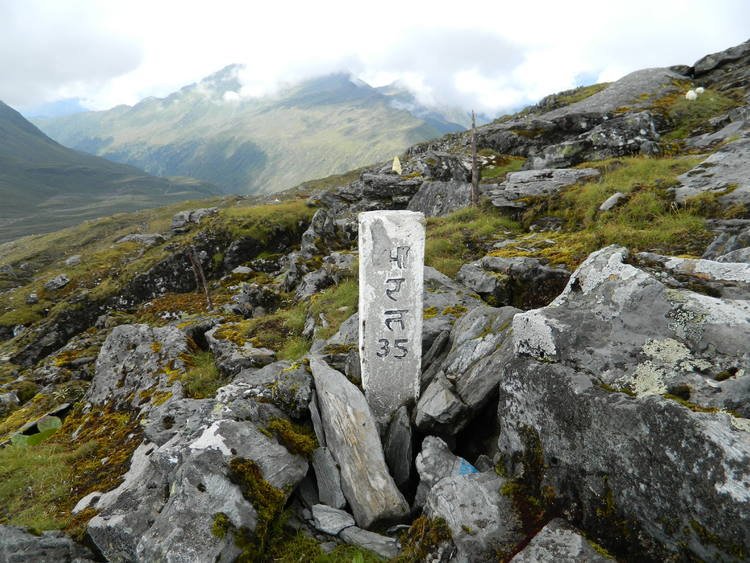
35. The Architectural Work Of Le Corbusier (Chandigarh)
When: Designated in 2016
Why: The Complexe du Capitole in Chandigarh is one of the 17 Le Corbusier sites which are spread across 7 countries, which are “a testimonial to the invention of a new architectural language that made a break with the past.”
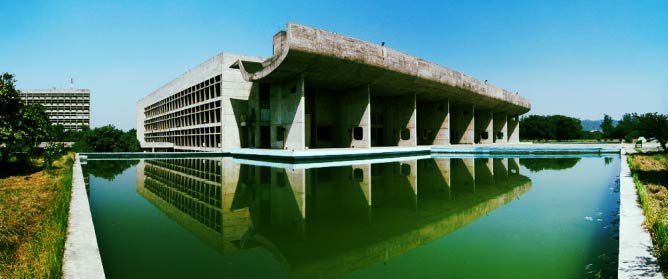
36. Historic City of Ahmedabad (Gujarat)
When: Designated in 2017
Why: India’s first heritage city, it represents a rich architectural heritage of the Sultanate period. It is also India’s first heritage city.
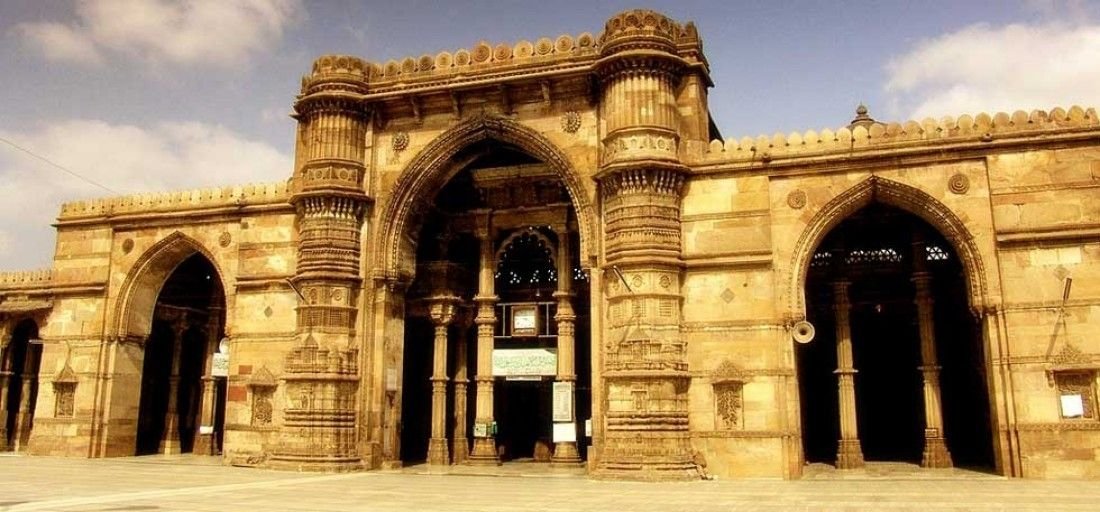
How many of these sites have you visited?
All information as per unesco.org





